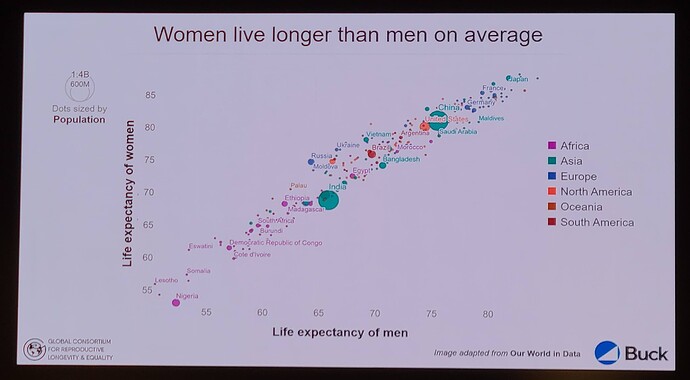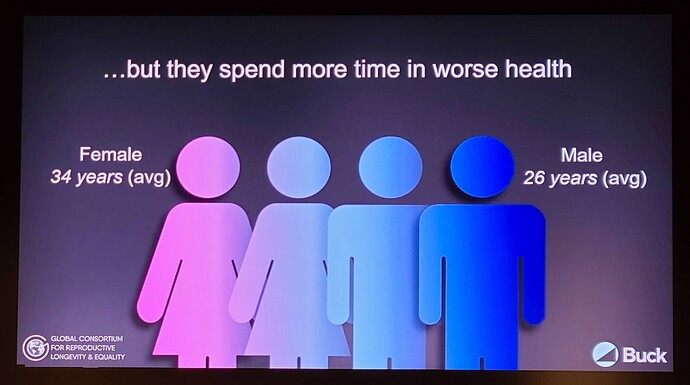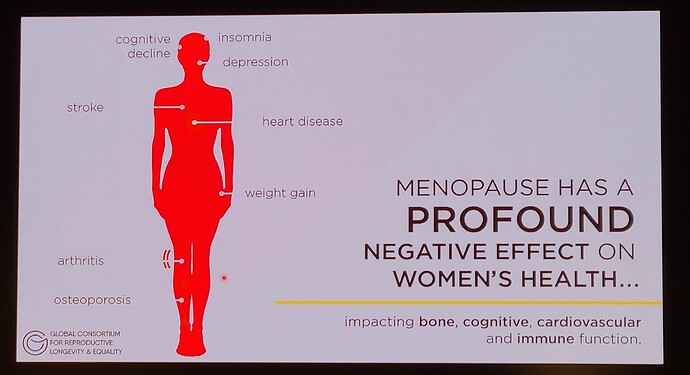Women and children first, right? The idea that the female body is more vulnerable is pervasive in the public imagination. But in biology, it is increasingly clear the male body has that dubious honour. So let’s talk a bit about innate female strength, shall we?
When it comes to fighting off invading pathogens, female bodies come up victorious – and not just in relation to covid-19. Across the human lifespan, they are less likely to contract most infections. At first, scientists weren’t sure about this: in many places in the world, boys are taken to health clinics sooner, which can lead to a diagnosis bias. But the signal we see is too strong, and it holds in many lab animals, too. Female animals are simply more resilient – so long as they aren’t pregnant. That is when all sorts of bodily mayhem happens, much of which can cause the risk of death to outpace that of male animals.
But barring pregnancy and the postpartum period, female resilience holds true. We know that in many mammals, including humans, males tend to die sooner than females, but on the way, they are diagnosed with cancer more often. This is usually chalked up to them having a single X chromosome instead of two, making X-linked mutations more potentially malignant as these wouldn’t be kept in check by a non-mutated partner. But female resilience seems to function at nearly every tier of a body’s organisation. It even influences how individual cells decide whether or not to stay alive, which can really matter when those cells are part of the brain.
People with mild to moderate traumatic brain injuries (TBIs) fare worse if they are female, for example, but those with severe TBIs do worse if they are male. This is something we are just starting to learn, in part because people who experience intimate partner violence are both more likely to be female and more likely to be hit in the head than the average person.
One reason might be that male brains tend to respond to the necrotic death of their injured cells a bit differently, with the whole brain inflaming more dramatically. Male cells also have less of the antioxidant glutathione available, making them more vulnerable to damage from free radicals, which can lead to malfunction and cell death. For doctors in emergency care, the outcomes of these differences can be striking: male TBI patients often don’t do as well as female ones, and this has been seen in rodent models, too.
Full article: To stay alive, try being more female (NewScientist)
Cat Bohannon is the author of Eve: How the female body drove 200 million years of human evolution
Related
While women live longer than men (on average), they are in suffer from more health problems later in life than men. See: The Longevity Summit, News & Update - #13 by RapAdmin


